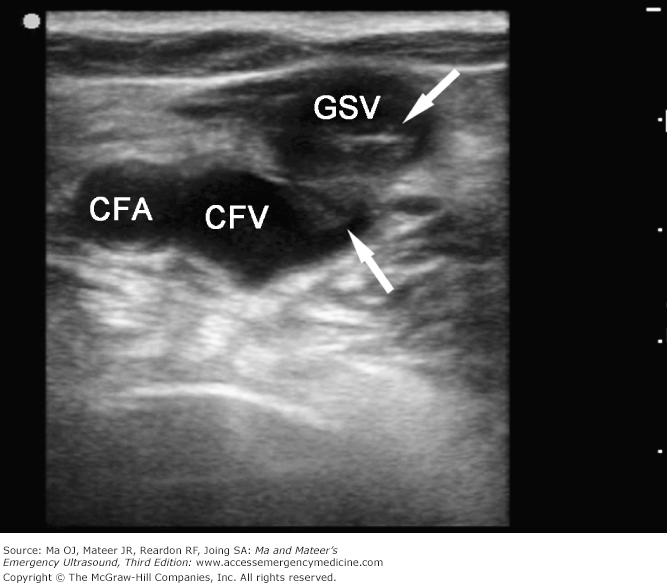The COVID-19 pandemic has accelerated the adoption of telehealth services, allowing patients to access healthcare remotely and reducing the burden on traditional healthcare systems. However, the widespread use of telehealth also raises concerns about the privacy and security of patient’s health information. The Health Insurance Portability and Accountability Act (HIPAA) plays a crucial role in safeguarding patient data, but its compliance requirements have faced new challenges in the post-pandemic era. In this article, we will explore the intersection of telehealth and HIPAA compliance, focusing on the challenges that have emerged in the wake of the pandemic.
Telehealth Expansion and HIPAA Compliance:
During the pandemic, telehealth witnessed unprecedented growth, driven by the need for social distancing and remote healthcare access. While this expansion has provided numerous benefits, it has also posed challenges for maintaining HIPAA compliance. One key challenge lies in ensuring the secure transmission of patient data across various communication platforms and devices. Telehealth encounters are often conducted via videoconferencing tools or mobile applications, making it crucial to employ secure and HIPAA-compliant platforms to protect patient privacy.
Third-Party Services and Business Associate Agreements (BAAs):
Telehealth services often rely on third-party vendors and technology providers to facilitate virtual consultations and data storage. These vendors may have access to sensitive patient information, making it vital to establish Business Associate Agreements (BAAs) to ensure HIPAA compliance. BAAs outline the responsibilities and liabilities of these vendors regarding patient data protection and privacy. However, the rapid expansion of telehealth during the pandemic has strained the ability of healthcare organizations to effectively assess the security measures implemented by third-party vendors, potentially leading to compliance gaps.
Security Risks and Data Breaches:
The shift to telehealth has also exposed healthcare organizations to increased security risks and the potential for data breaches. Cybercriminals have targeted telehealth platforms, seeking to exploit vulnerabilities and gain unauthorized access to patient information. Such breaches not only compromise patient privacy but also lead to significant financial and reputational damage for healthcare providers. Compliance with HIPAA’s Security Rule, which requires safeguards against unauthorized access to electronic health information, becomes even more critical in the telehealth context.
Technology Challenges and User Education:
The rapid adoption of telehealth has highlighted the need for user education and awareness regarding secure technology practices. Healthcare professionals and patients alike must understand the potential risks associated with telehealth, such as the importance of using secure networks, protecting personal devices, and maintaining strong passwords. Ensuring compliance with HIPAA’s Privacy Rule, which requires protected health information (PHI) to be securely stored and shared, necessitates proper training and education to mitigate the risks of unintentional data exposure or unauthorized access.
Regulatory Updates and Compliance Adaptation:
The post-pandemic era has seen regulatory updates and flexibilities introduced to accommodate the surge in telehealth usage. For instance, the Department of Health and Human Services (HHS) temporarily relaxed enforcement of certain HIPAA requirements during the public health emergency. However, as the pandemic subsides, healthcare organizations need to reassess their telehealth practices and align them with HIPAA compliance requirements. Adapting to evolving regulations while maintaining the necessary privacy and security measures poses an ongoing challenge for healthcare providers.
Cross-State Telehealth and Licensure:
Another challenge that has emerged with the expansion of telehealth is the issue of cross-state practice and licensure. In response to the pandemic, many states temporarily relaxed licensing requirements, allowing healthcare professionals to provide telehealth services across state lines. However, these waivers are time-limited, and the return to pre-pandemic regulations raises questions about compliance with state-specific licensure and the impact on HIPAA compliance. Healthcare organizations must navigate this complex landscape to ensure that their telehealth practices align with both state regulations and HIPAA requirements.
Conclusion:
Telehealth has emerged as a vital component of healthcare delivery, providing increased access and convenience to patients. However, the expansion of telehealth services brings new challenges for HIPAA compliance. Safeguarding patient data in a remote environment, establishing secure vendor relationships, mitigating security risks, and adapting to evolving regulations are critical tasks that healthcare organizations must address in the post-pandemic era. By prioritizing patient privacy and investing in secure telehealth infrastructure, healthcare providers can effectively navigate these challenges and ensure the long-term success of telehealth while maintaining HIPAA compliance.










